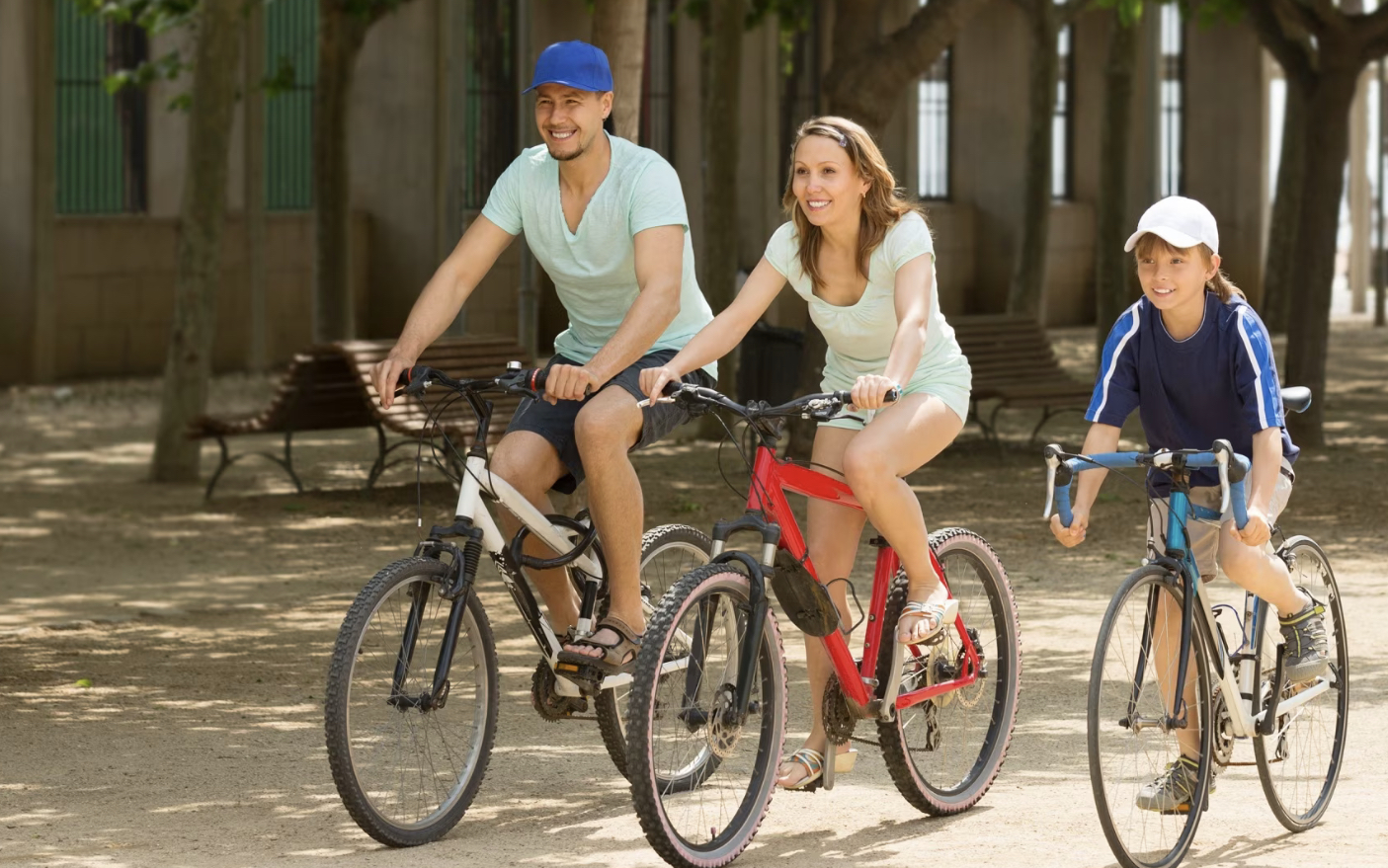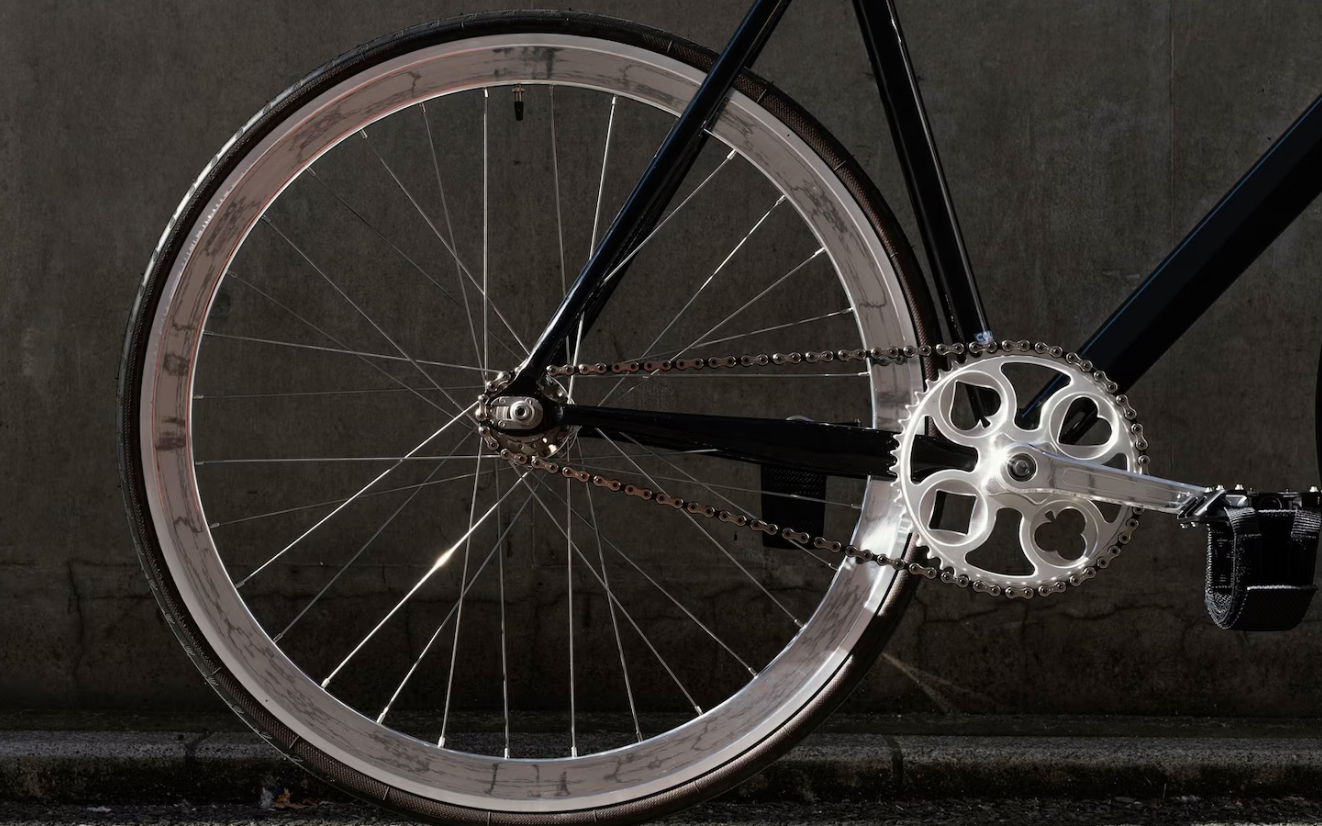
How long does it take to get used to cycling?
The time it takes to get used to cycling can vary depending on the individual and their prior experience with similar activities. For someone who has never ridden a bike before, it may take a few days or even a couple of weeks to gain basic control and balance.
However, with consistent practice, most people can become comfortable cycling within this timeframe.
For individuals who have some prior experience with biking or other balance-related activities, the learning curve might be shorter, and they may feel comfortable within just a few hours of practice.
It’s essential to remember that everyone’s learning pace is different, and there’s no rush to become an expert cyclist. The key is to start slowly, practice regularly, and gradually build confidence and skills.
With time and persistence, cycling can become a pleasurable and effortless activity that offers not only health benefits but also a sense of freedom and joy. Many cyclists eventually complete 100 mile rides!
here is what you need to know:
Does cycling ever get easier?
Yes, cycling does get easier with time and experience. As with any skill or physical activity, the more you practice, the more comfortable and proficient you become. However Greg lemond (US cycling legend)put it this way:
“It never gets easier, you just get faster” – Greg LeMond
Do you get used to bike seat pain?
When you first start cycling, especially if you are new to it or haven’t ridden in a while, you may experience discomfort or soreness in the area where your body comes into contact with the bike seat (saddle).
Why am I so weak at cycling?
There could be several reasons why you feel weak at cycling. Let’s explore some common factors that may contribute to this feeling:
- Lack of Experience: If you are new to cycling or haven’t been cycling regularly, your muscles may not be accustomed to the specific movements required for cycling. Like any physical activity, cycling requires practice and conditioning to build strength and endurance.
- Fitness Level: Your overall fitness level plays a significant role in your cycling performance. If you haven’t been engaging in regular physical activity or cardiovascular exercises, your muscles and cardiovascular system may not be as efficient at sustaining the effort needed for cycling.
- Muscle Imbalances: Weakness in certain muscle groups or muscle imbalances can affect your cycling performance. Cycling primarily engages the quadriceps, hamstrings, glutes, and calf muscles. If these muscles are not well-balanced or developed, it can lead to feelings of weakness while cycling.
- Incorrect Bike Fit: An improperly fitted bike can lead to inefficient pedaling and increased strain on certain muscles, resulting in fatigue and weakness.
- Nutrition and Hydration: Proper nutrition and hydration are essential for optimal performance in any physical activity, including cycling. Inadequate fueling or dehydration can lead to decreased energy and performance.
- Overtraining or Fatigue: Cycling too much without adequate rest and recovery can lead to overtraining and feelings of weakness. Proper rest is crucial to allow your muscles to recover and grow stronger.
- Medical Conditions: Certain medical conditions or health issues can also contribute to weakness while cycling. Anemia, thyroid problems, or other health concerns can affect your energy levels and physical performance.
To improve your strength and performance in cycling:
- Consistent Practice: Regularly engage in cycling to build muscle memory and conditioning.
- Cross-Training: Incorporate other forms of exercise to address muscle imbalances and improve overall fitness.
- Proper Bike Fit: Ensure your bike is correctly fitted to your body proportions to maximize efficiency and minimize strain.
- Balanced Nutrition: Eat a balanced diet to provide your body with the necessary energy and nutrients for cycling.
- Hydration: Stay adequately hydrated before, during, and after your rides.
- Gradual Progression: Increase the intensity and duration of your rides gradually to avoid overtraining.
- Consult a Professional: If you continue to experience weakness or discomfort while cycling, consider consulting a bike fitting expert or a fitness professional who can assess your technique and offer personalized advice.

Where should you be sore after cycling?
After cycling, it’s normal to experience some soreness in specific areas of your body due to the repetitive movements and muscle engagement involved in cycling.
The soreness typically indicates that you’ve challenged and worked certain muscle groups during your ride.
The primary areas where you may experience soreness after cycling include:
- Legs: Cycling heavily engages the quadriceps (front thighs), hamstrings (back thighs), and calf muscles. Soreness in these areas is common, especially if you’ve been pushing yourself on hills or during intense rides.
- Glutes: The gluteal muscles, particularly the gluteus maximus, play a significant role in powering the pedal stroke. You may feel soreness in your buttocks after cycling, especially during longer rides.
- Lower Back: The lower back muscles stabilize your pelvis and support your upper body while cycling. Soreness in the lower back can occur, especially if your core muscles are not sufficiently engaged or if your bike fit is not optimal.
- Neck and Shoulders: If your riding position puts strain on your neck and shoulders or if you spend a lot of time in the drops (lower handlebar position), you may experience soreness in these areas.
However if you experience real pain its probably better to look at your bike fit or flexibility issues.
How do you ride a bike so it doesn’t hurt?
Do bike seats get more comfortable over time?
Saddles with “break in “ over time and you will become conditioned to your contact points but its more a case of finding the right saddle shape for your posterior.
Why are my legs so heavy after cycling?
Feeling heaviness in your legs after cycling is a common experience, especially if you are new to cycling or have pushed yourself harder than usual during a ride.
There are several reasons why your legs may feel heavy after cycling:
- Muscle fatigue: Cycling primarily engages the muscles in your legs, especially the quadriceps, hamstrings, and calves. Prolonged or intense cycling can lead to muscle fatigue, causing your legs to feel heavy.
- Lactic acid buildup: During intense exercise, like cycling, your muscles produce lactic acid as a byproduct of energy metabolism. When the intensity of your ride exceeds your body’s ability to remove lactic acid, it can build up in the muscles, contributing to the heavy feeling.
- Dehydration: If you haven’t properly hydrated before and during your ride, your muscles may not be getting enough fluids, leading to fatigue and heaviness.
- Electrolyte imbalances: Cycling can cause you to sweat, leading to the loss of essential electrolytes like sodium, potassium, and magnesium. Electrolyte imbalances can result in muscle cramps and weakness.
- Inadequate nutrition: Proper nutrition is crucial for cycling performance. If you haven’t eaten enough before or during your ride, your body may not have enough fuel to support your muscles, leading to fatigue.
- Overtraining: Excessive or intense cycling without adequate rest and recovery can lead to overtraining, causing your legs to feel heavy and fatigued.
How long does it take to get stronger at cycling?
The time it takes to get stronger at cycling can vary widely depending on several factors, including your starting fitness level, training consistency, intensity of workouts, and individual genetics.
Generally, significant improvements in cycling strength and performance can be seen over weeks to months of consistent training.
Here are some key points to consider:
- Baseline Fitness: If you are already reasonably fit from other sports or activities, you might notice improvements in cycling strength relatively quickly. Your body might adapt faster to the new demands of cycling.
- Training Consistency: Consistency is crucial in any training program. Regular, structured training sessions will help your body adapt to the stress of cycling and improve strength over time.
- Progressive Overload: To get stronger, you need to challenge your body progressively. Gradually increasing the intensity, duration, or frequency of your rides will stimulate adaptation and promote strength gains.
- Recovery: Adequate rest and recovery are essential for progress. Your muscles need time to repair and rebuild after intense workouts.
- Individual Differences: Each person’s body responds differently to training stimuli. Genetics, age, and other individual factors can influence how quickly you gain strength.







